
Pasture
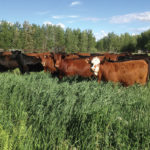
Genetic Modifications Observed in cattle
From the Ground Up with Steve Kenyon
I am not an expert on cattle genetics. Not even close. I believe that in today’s livestock genetics, there is just as much variability within a breed as there is between breeds. We have diluted our genetics far too much with most breeds and most species. But I would like to share with you a […] Read more
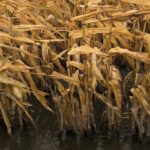
Manitoba beef sector faces tight feed situation
MarketsFarm — An early snowstorm may have been the last straw for Manitoba livestock producers looking to put up feed ahead of winter. While the foot or more of heavy snow that blanketed much of the province over the Thanksgiving weekend has melted, saturated fields continue to limit corn silage harvests and hay cutting. “Feed […] Read more
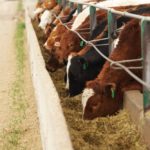
Fed cattle market wrestles with low prices
The Markets with Deb McMillin, from the October 2019 issue of Canadian Cattlemen
Fed cattle The fed cattle market has struggled in September as it looks to make its annual low. A combination of seasonal factors and the reduced kill capacity following the Tyson fire in the U.S. have contributed to lowered prices. The fed cash price has moved below break-even levels, with an average the last week […] Read more
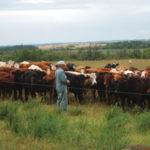
Alberta cattle producers turn to holistic management
Mounting debt and a holistic management course pushed Don and Marie Ruzicka to rethink the way they run their operation
Don and Marie Ruzicka had been farming for over a decade when circumstances shifted, nudging them on a new course. Although Don Ruzicka had grown up on a mixed farm, after university he spent several years working in the timber industry, with no intention of coming back to the farm. But things changed and eventually […] Read more
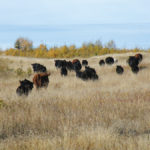
Young cattle producers managing risk on the ranch
Whether it’s growing feed or selling cattle, Trent Macnab likes to spread out risk
For Trent Macnab, diversity in the winter feeding program has been a way to reduce risk and help build soil nutrients. The regime includes standing corn, straight barley for swath grazing, a cocktail crop mix for swath grazing and bale grazing. It also allows them to have a rotation on their fields, “which cattlemen typically […] Read more

Angry farmers cause Dutch police to close off parliament square
The Hague | Reuters — Police in the Dutch city of The Hague closed its central parliament square on Wednesday to keep out farmers protesting over what they see as attempts to blame them for nitrogen pollution. Thousands of irate farmers had driven tractors to The Hague hours earlier in their third large protest in […] Read more

Vet Advice: Avoiding sweet clover poisoning
A variety of bacteria and moulds can grow in sweet clover once baled or put up as silage
Preparing forages and getting them stored in perfect condition seldom happens. Spoilage is often linked to the production of moulds and a broad spectrum of mycotoxins in grains. Syndromes in domestic livestock following consumption of feed containing mycotoxins varies depending on the species of animal involved, the stage of the production cycle when it is […] Read more

Strategies for wintering your cattle herd
This fall, focus on nutrients instead of feeds. Feeds are just a means of delivering nutrients
With all the variable weather we had this year across Canada and the short winter feed supplies in some areas, producers need to solve the economic challenge of balancing the herd’s winter feed or nutrient supply when feed is short. “The problem with drought for Canadian beef producers often boils down to two options: buy […] Read more

Timing cattle breeding for improved calf survival
Research on the Record with Reynold Bergen
I once spent a summer working for canola breeders. Some used traditional selection, while others were experimenting with transgenics. One traditionalist was known to say “sticking a new gene into a plant and expecting it to grow better is like throwing a new gear into a watch and expecting it to keep better time. It’ll […] Read more

CCA Reports: CCA talks trade, climate and business risk management
From the September 30, 2019 issue of Canadian Cattlemen
As the leaves begin to turn and cattle return from summer pasture, I find myself reflecting on the productive summer we have had at the Canadian Cattlemen’s Association (CCA). The highlight was the fourth annual Canadian Beef Industry Conference (CBIC) that welcomed over 640 registrants from across Canada and around the globe to Calgary. The […] Read more



